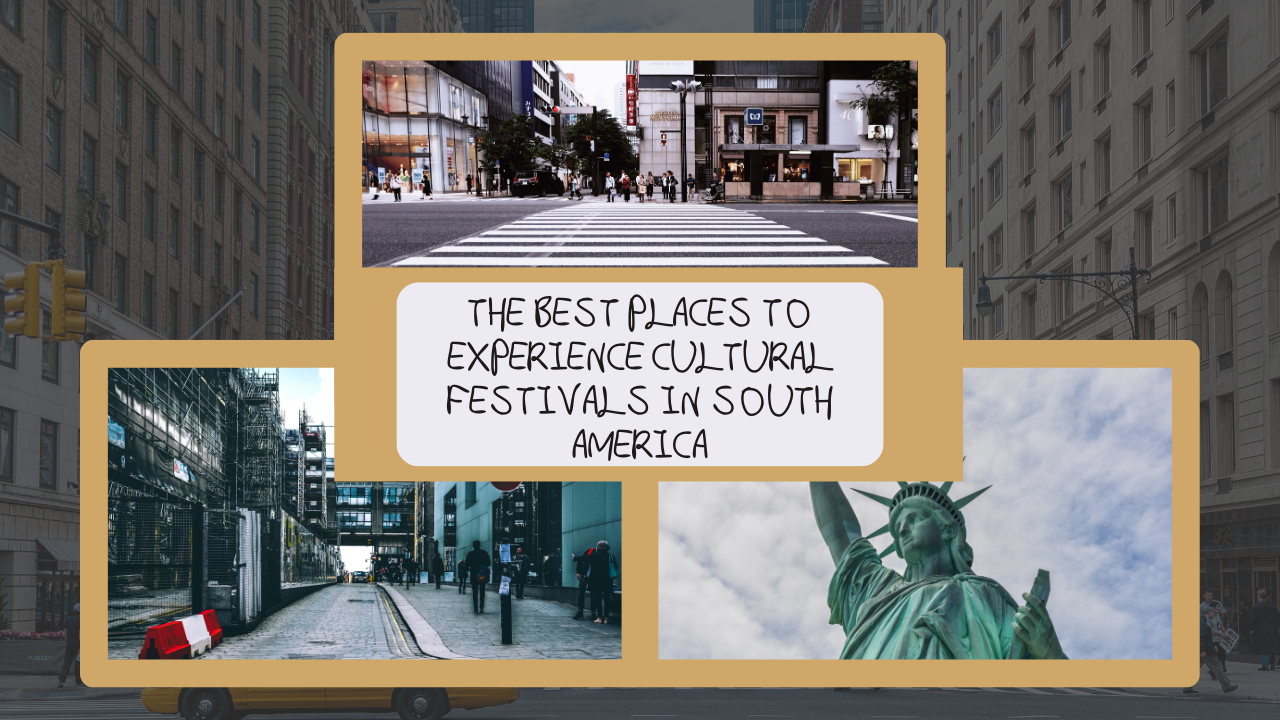If there’s one thing South America knows how to do, it’s celebrate. From sun-drenched carnivals to sacred indigenous rituals, the continent is a kaleidoscope of cultural festivals in South America. Each country has its own traditions shaped by indigenous heritage, colonial influences, and modern creativity. Whether you’re drawn by music, dance, spirituality, or pure spectacle, South America is a cultural festival paradise.
Table of Contents
Peru: The Heart of Inca Heritage
Cusco: Inti Raymi Festival
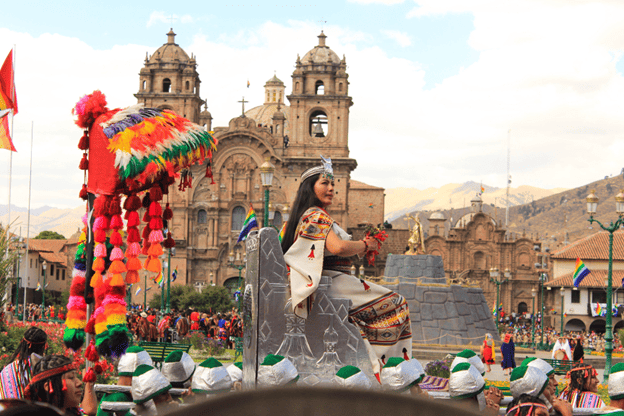
Inti Raymi, the Festival of the Sun, takes place in Cusco every June as one of the most significant cultural festivals in South America. It honours Inti, the Sun God, with elaborate processions, music, and offerings, and was once observed by the Incas. For tourists hoping to experience the spirit of the Andes, it is a must.
Puno: Candelaria Festival

In February, Puno becomes a cultural hotspot with the Candelaria Festival, combining Catholic devotion with traditional dances. The city comes alive with thousands of performers in colorful costumes, making it one of South America’s most vibrant spectacles.
Sacred Valley: Harvest Celebrations

Villages across the Sacred Valley host Pachamama rituals to thank Mother Earth for abundant crops. These intimate gatherings offer travelers an authentic glimpse into Incan agricultural traditions.
Bolivia: A Blend of Indigenous and Colonial Traditions

Oruro: Carnival of Oruro (UNESCO)
Oruro’s Carnival, which has been designated a UNESCO heritage event, is a magnificent blend of Catholic devotion and indigenous customs. The timeless conflict between good and evil is symbolised by the well-known Diablada dance.
La Paz: Alasitas Fair
Each January, Bolivians buy miniature goods at the Alasitas Fair to bless their dreams for the year ahead. It’s quirky, colorful, and full of meaning.
Copacabana: Feast of the Virgin of Candelaria
This lakeside celebration blends Aymara traditions with Catholic rituals, making Copacabana a pilgrimage site filled with music and faith.
Brazil: Land of Diversity and Rhythm

Rio de Janeiro: Carnival
Perhaps the most famous festival in the world, Rio Carnival is one of the most vibrant cultural festivals in South America, characterized by pure samba, costumes, and joy. It’s an explosion of creativity and rhythm that draws millions of visitors.
Amazon Basin: Indigenous Tribal Festivals
Indigenous tribes in the Amazon celebrate sacred rituals with music, body painting, and shamanic ceremonies. These festivals highlight humanity’s deep connection to nature.
Parintins: Festival of the Boi-Bumbá
This June festival in the Amazon city of Parintins stages a theatrical battle between two folkloric teams. It’s Brazil’s second-largest festival after Rio’s Carnival.
Ecuador: Spirituality and Ancestral Roots
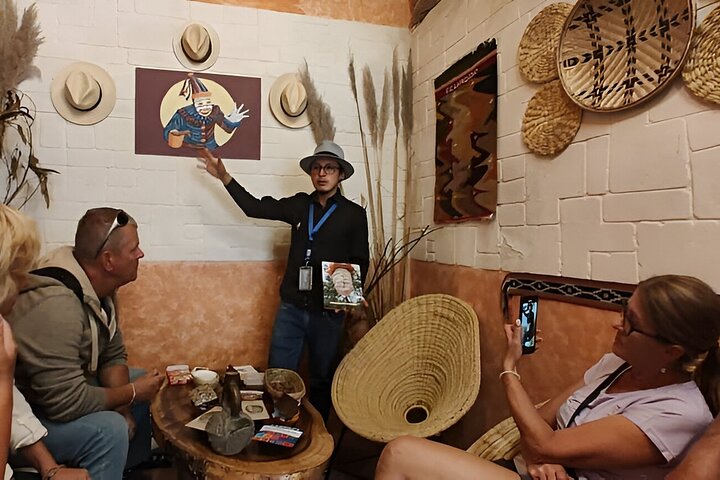
Quito: Inti Raymi and Indigenous Celebrations
Similar to Peru, Ecuadorians celebrate Inti Raymi with offerings, dances, and parades, especially in the Andean regions.
Otavalo: Yamor Festival
In September, Otavalo celebrates the Yamor Festival, which honours the Virgin Mary and native deities. Music, fireworks, and the traditional corn-based beverage “chicha” are used to commemorate it.
Cuenca: Corpus Christi
This festival mixes Catholic and indigenous traditions, filling the streets with fireworks, dances, and sweet delicacies.
Chile: From the Andes to Easter Island

Santiago: Fiesta de la Tirana
Held in northern Chile, this July festival blends Catholic devotion with Andean dances. Thousands of costumed dancers fill the desert town of La Tirana.
Easter Island: Tapati Festival
The Tapati Festival is a two-week celebration of Rapa Nui culture, featuring body painting, canoe races, and the daring Haka Pei (sliding down volcano slopes).
Northern Chile: Andean Carnivals
Border towns near Bolivia and Peru host carnivals that highlight Aymara and Quechua traditions with dances and rituals.
Colombia: Color, Dance, and Indigenous Heritage

Barranquilla: Carnival
One of the world’s largest carnivals, Barranquilla’s Carnival is a UNESCO heritage event, famous for its music, dance, and parades.
Leticia (Amazon): Tikuna Tribal Festivals
The Tikuna tribe holds communal festivals and coming-of-age ceremonies in the Amazonian city of Leticia, which are brimming with traditional knowledge.
Pasto: Black and White Carnival
This January carnival symbolizes unity and equality, where everyone joins in colorful paint battles.
Argentina: Tradition Meets Celebration

Buenos Aires: Tango Festival
The city hosts the Tango Festival and World Cup, celebrating Argentina’s most iconic dance with performances, workshops, and competitions.
Northwest Argentina: Pachamama Day
In August, communities in Salta and Jujuy honor Pachamama (Mother Earth) with offerings, rituals, and communal feasts.
Gualeguaychú: Carnival
Argentina’s most famous carnival outside Rio, featuring samba-inspired parades and dazzling costumes.
Paraguay: Festivals of Faith and Tradition

Asunción: San Juan Festival
This June festival features bonfires, traditional games, and dances rooted in Guaraní traditions.
Encarnación: Carnival
Encarnación hosts one of the most famous carnivals in the region, known for vibrant parades and music.
Jesuit Missions: Religious Festivals
Historic Jesuit sites hold processions and cultural events that blend European and indigenous influences.
Uruguay: Small but Festive Nation
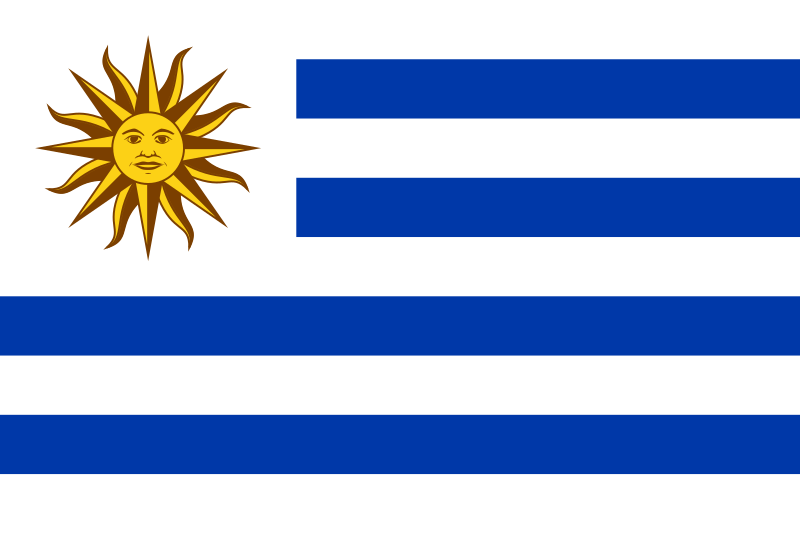
Montevideo: Carnival (Longest in the World)
Uruguay’s carnival lasts over 40 days, filled with candombe drumming, parades, and satirical theater.
Fiesta de la Patria Gaucha (Tacuarembó)
A celebration of gaucho culture, with rodeos, folk music, and traditional cuisine.
Venezuela: Afro-Indigenous Vibrance
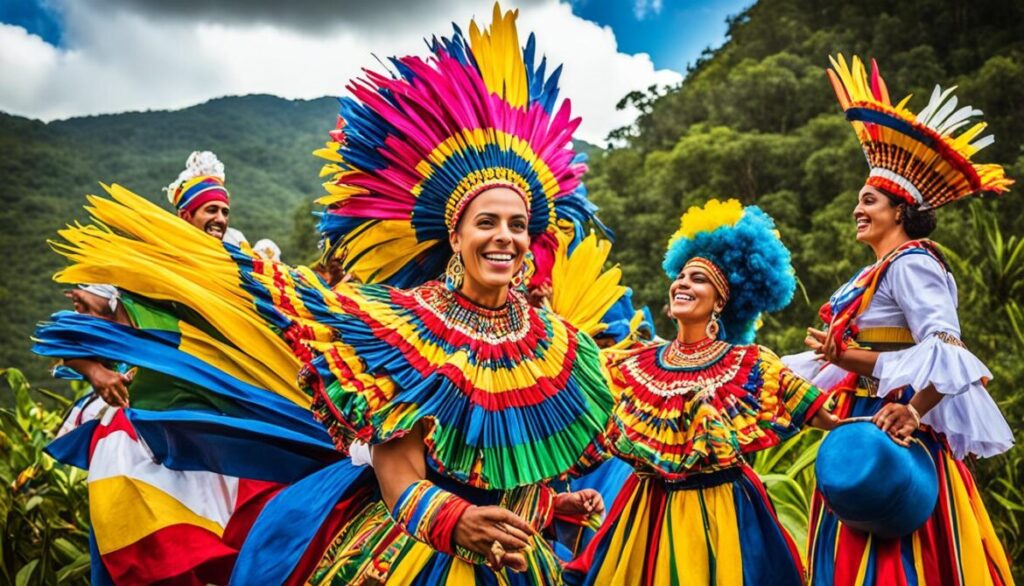
Caracas: Dancing Devils of Yare
Declared by UNESCO, this June festival features dancers in devil costumes performing rituals to symbolize the triumph of good over evil.
Cumana: San Juan Festival
A mix of African drumming, indigenous rituals, and Catholic devotion makes this one of Venezuela’s liveliest events.
Themes Connecting South American Festivals
Despite their diversity, festivals across South America share common threads: rhythmic music, vibrant costumes, deep spirituality, and community spirit. They reflect the continent’s identity as a cultural melting pot.
Best Time to Visit South America for Festivals
The best months are February (Carnivals), June (Inti Raymi, Boi-Bumbá), and August (Pachamama Day). Planning your trip around these times guarantees unforgettable cultural experiences.
Responsible Travel and Cultural Respect
When attending festivals, respect local customs. Ask before taking photos, dress appropriately, and support local artisans and vendors. Your participation should empower, not exploit, the communities.
Also visit:
Planning Your Perfect Road Trip in Australia
Top 10 Wildlife Safaris in Africa You Must Experience
Planning Your Dream Wildlife Safari in Africa
The Magic of Wildlife Safaris in Africa: What to Expect
Conclusion
South America is more than landscapes and landmarks—it’s a living stage of culture. From Rio’s Carnival to Andean rituals and Amazonian ceremonies, the continent offers unforgettable opportunities to experience traditions that are centuries old yet still vibrantly alive.

